I know a pseudo-engineer who loves to chase after all sorts of trendy gadgets. Recently, smart voice assistants have become popular, making him envious for a long time. However, this person is quite stingy and couldn’t bear to buy the Tmall Genie for 399, so he turned his attention to many smart voice development boards that have recently been released.
In fact, the design manufacturers of development boards, especially those with strong independent design capabilities like SEEED, Adafruit, and MikroEle, are very good at seizing trends and quickly launching corresponding development kits. Since smart voice is related to cloud computing, we can see that major IT companies like Amazon and Baidu have also launched development boards, not to mention many smaller manufacturers.
If you also want to experience the relevant technology of smart voice assistants, as an engineer, buying a finished product is obviously not suitable for you. Buying a smart voice development board to tinker with at home is the real way to play. Today, I will list the smart voice development boards available on the market and see which one is more suitable for you to get started.
Baidu SoundPi
First, let’s talk about the latest one, which is Baidu SoundPi. The SoundPi far-field voice development kit is an integrated smart voice interaction development solution that uses a SoundAI customized mass-produced microphone array. It integrates multiple technologies such as all-directional wake-up, sound source direction measurement, directional pickup, noise suppression, reverberation elimination, echo cancellation, far-field voice recognition, semantic understanding, and voice broadcasting. It comes with the exclusive optimized DuerOS intelligent system.
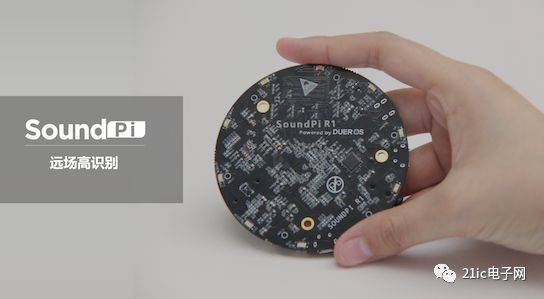
SoundPi offers a full-stack software and hardware open platform, compatible with more development scenarios, supporting user-defined designs, helping beginners quickly realize product development and create their own AI voice products.
Seeed ReSpeaker
Although ReSpeaker looks a bit rudimentary, it is actually a powerful Linux open-source voice interface that supports various programming languages such as C/C++, Arduino, JavaScript, and Lua. ReSpeaker itself comes with companion applications and built-in plugins that can be downloaded via mobile phones to achieve rich functionalities. The open SDK and multi-programming language support are designed to attract more developers and expand the platform’s functionality and usability. In simple terms, when you download a streaming music application, you can wirelessly connect traditional speakers and radios through ReSpeaker.
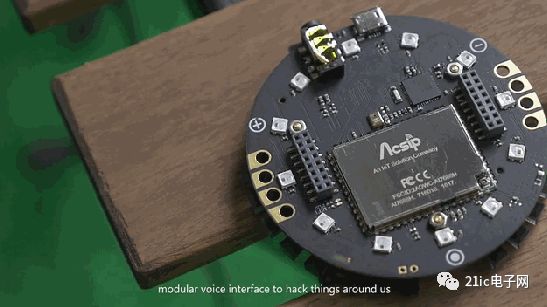
ReSpeaker itself has built-in WIFI, supporting AirPlay, DLNA, and other standards. After connecting to traditional speakers, you can simply say to ReSpeaker, “ReSpeaker, play the XX music playlist,” and easily listen to music.
You can also DIY a cloud lamp connected to ReSpeaker. When you want to know the weather, just say, “ReSpeaker, how’s the weather?” and ReSpeaker will flash different colored LED lights to visually report the weather.
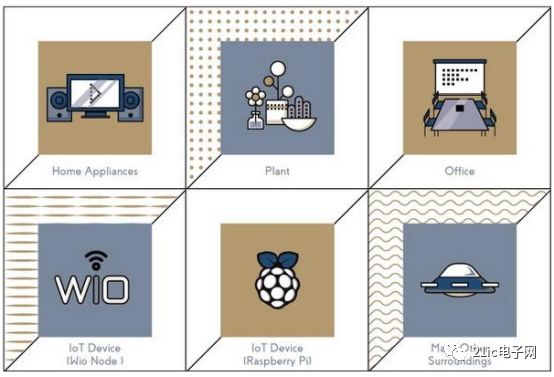
It is worth noting that although ReSpeaker has a built-in microphone, it does not have an external audio output component and requires an additional connection to an external unit. It also supports various Wio modules developed by its own company, allowing for more diverse operations.
I highly recommend ReSpeaker, as it seems easier to get started with.
Synaptics AudioSmart Development Kits for Amazon AVS
The Synaptics AudioSmart development kit for Amazon AVS saves engineering time and reduces costs associated with developing powerful far-field voice functionality devices. In addition to prototyping, Synaptics also provides cost-effective, production-ready hardware solutions, voice preprocessing software technologies, and unparalleled engineering support to accelerate time-to-market. Previously, Amazon’s own development kit provided a total of 7 microphones, while Synaptics’ development board has been streamlined to 4 (2). From the video released by the latter, this development board can also be easily connected to a Raspberry Pi 2, further reducing development costs.
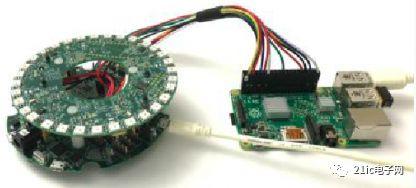
Despite reducing the number of microphones from 7 to 4 (2), the Conexant development board still supports far-field pickup technology. In addition to the processor, it also matches an audio playback decoding chip CD22721 that can drive small speakers, making it suitable for creating any Alexa device.
The dual-microphone model is DS0921, equipped with the Synaptics CX20921 voice input processor. It supports embedded hands-free voice processing technology and comes pre-installed with Alexa wake words. This toolkit is designed to help manufacturers and developers quickly and easily create prototypes of smart home devices that provide an ideal voice user experience. The four-microphone model is DS20924.
In fact, in addition to Conexant (which has been acquired by Synaptics), there are many kits that support Alexa, such as XMOS. I won’t elaborate further here.
Other Smart Audio Boards
I believe the three boards mentioned above are quite suitable for beginners in smart voice development. Of course, there are more options available, as domestic companies like iFlytek, SIBI, and Rokid also have related kits for everyone to learn. Many grassroots engineers have also developed quite a few boards themselves, and those with the ability and interest can look for them.
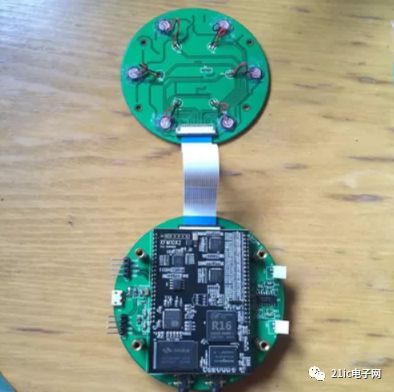
The three development boards mentioned above are recommended for everyone as a way to get started or to simply experience smart voice development kits. The prices are also quite acceptable.
However, just having the boards is not enough. If you really want to delve into smart voice, what knowledge reserves do you need? Next time, I will share more with everyone!